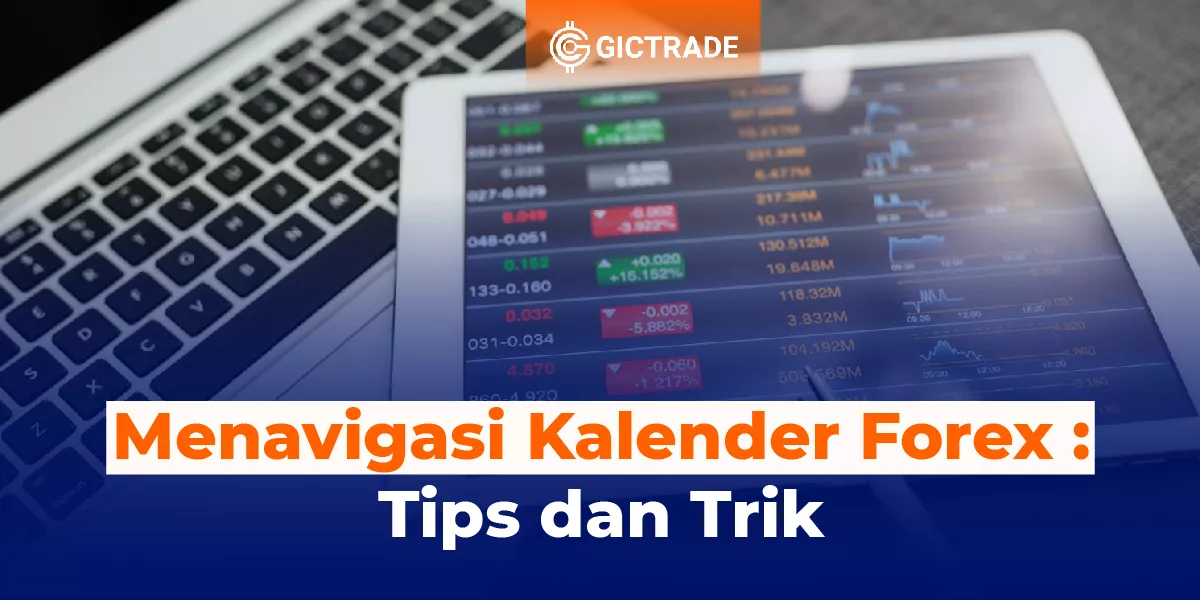Tips for Maximizing the Use of Chart Patterns - Trading in the financial markets can be an exciting challenge. Traders are always looking for ways to increase profits and reduce risk in every transaction. One tool that can help in this process is a chart pattern. Chart patterns are patterns formed from the price movements of stocks, commodities, or currencies in the form of charts. In this article, we will share 5 tips to make the most of the use of chart patterns in your trading. By understanding and using chart patterns correctly, you can increase your chances of success in the financial markets.
Table of Contents

1. Recognizing Common Chart Patterns
First of all, an important step in maximizing the use of chart patterns is to recognize common chart patterns. These patterns can provide clues about the next price movement. Some common chart patterns are:
1.1 Double Top and Double Bottom Pattern
The Double Top pattern occurs when the price reaches a high twice and fails to continue the upward movement. Meanwhile, the Double Bottom Pattern occurs when the price reaches a low twice and fails to continue the downward movement. These patterns indicate a possible trend reversal.
1.2 Head and Shoulders Pattern
The Head and Shoulders pattern is a trend reversal pattern formed by three peaks, where the middle peak (head) is higher than the other two peaks (shoulders). This pattern indicates the possibility of a trend reversal from up to down.
1.3 Cup and Handle Pattern
The Cup and Handle pattern is a pattern that indicates the possibility of a continuation of the uptrend after the consolidation period. This pattern looks like a cup with a handle.
Recognizing common chart patterns is an important first step in maximizing the use of chart patterns. By mastering these patterns, you can identify potential trading opportunities.
2. Applying Technical Analysis in Chart Patterns
Once you recognize the chart patterns, the next step is to apply technical analysis in the chart patterns. Technical analysis involves using indicators and other analytical tools to gain a deeper understanding of price movements.
2.1 Use Moving Averages
Moving averages are a popular indicator in technical analysis. This indicator can help you identify ongoing trends and determine potential entry and exit points.
2.2 Use Bollinger Bands
Bollinger Bands are indicators that help you gauge market volatility. Using Bollinger Bands, you can identify overbought or oversold market conditions.
2.3 Use RSI (Relative Strength Index)
The RSI is a momentum indicator used to measure the strength and weakness of a trend. Using the RSI, you can identify potential entry and exit points.
By applying technical analysis in chart patterns, you can gain a deeper understanding of price movements and improve the accuracy of your trading decisions.
3. Managing Risk with Stop Loss and Take Profit
Risk management is an important component of successful trading. One way to manage risk is to use stop loss and take profit orders
3.1 Order Stop Loss
A stop loss order is an order placed to sell or buy an asset automatically if the price reaches a specified level. By using a stop loss, you can limit your losses if the price moves against your position.
3.2 Order Take Profit
A take profit order is an order placed to sell or buy an asset automatically if the price reaches a specified profit level. Using take profit, you can lock in your profit if the price moves according to your position. In the use of chart patterns, it is important to manage risk wisely. Placing the right stop loss and take profit orders can help you protect your capital and optimize potential profits.
Achieve Maximum Profit Fast! Join GICTrade Now
Unlike other conventional brokerage firms, GIC through the GICTrade platform provides a solution for traders who do not want to be charged with high trading fees. GICTrade is a peer-to-peer trading platform that brings together traders and market makers.
So, what is special about GICTrade? As a platform that brings together traders and market makers, you as a potential customer can certainly choose between the two, namely becoming a trader or a market maker.
GICTrade's role as a transaction venue provider can minimize costs and help maximize profits for traders and market makers as well as create a fair transaction atmosphere and results.
Traders will benefit from the absence of commission fees and low swap fees and spreads due to the presence of market makers as liquidity providers. You can also join the trader community on GICtrade's Telegram to ask fellow traders directly about their trading experience.
4. Using Price Action Confirmation
Confirmation of price action is an important step in maximizing the use of chart patterns. Price action refers to price movements that occur in the market. By observing and confirming price action, you can improve the accuracy of chart pattern signals.
4.1 Watch the candlesticks
Candlesticks are visual representations of price movements in the market. By paying attention to candlestick patterns, you can identify whether the market is bullish or bearish.
4.2 Use Support and Resistance Levels
Support and resistance levels are price levels where the market tends to reverse. Using these levels as confirmations, you can validate the chart pattern signals you find.
Using price action confirmations can help you avoid false signals and increase your trading success rate.
5. Learning and Practicing with a Demo Account
Finally, one of the most important tips in maximizing the use of chart patterns is through learning and practice. Learning chart patterns and mastering trading skills takes time and dedication.
5.1 Reading Educational Materials
Start by reading books, articles, and other educational resources about chart patterns and trading. Learn the basic concepts, strategies, and techniques of technical analysis.
5.2 Use a Demo Account
Open a demo account on your chosen trading platform. With a demo account, you can practice trading using virtual money without the risk of losing capital.
5.3 Analysis of Trading Results
After trading with a demo account, analyze your trading results. Identify your strengths and weaknesses, and find areas for improvement. By continuing to learn and practice, you can improve your understanding and trading skills in using chart patterns.
FAQs (Frequently Asked Questions)
Q: Are chart patterns always accurate?
A: No, chart patterns are not 100% accurate signals. It is important to always confirm chart pattern signals with technical analysis and price action confirmation.
Q: How many chart patterns should I study?
A: There are many different types of chart patterns. It is important to have a good understanding of common patterns, but it is not necessary to master all types of patterns.
Q: Do I need to use all technical indicators in chart pattern analysis?
A: There is no need to use all the technical indicators. Choose an indicator that suits your trading style and gives you the best results.
Q: How long does it take to become proficient in using chart patterns?
A: The time it takes to become proficient in using chart patterns varies for each individual. Consistency, practice, and continuous learning are essential.
Q: Can I rely on chart patterns alone in trading?
A: No, chart patterns are just one tool in technical analysis. It is important to use a comprehensive approach and incorporate a variety of analytical tools and strategies.
Conclusion
In the world of trading, maximizing the use of chart patterns is an important step to improve your trading success. By recognizing common chart patterns, applying technical analysis, managing risk, using price action confirmations, and continuing to learn and practice, you can improve your trading accuracy and profitability. Stay consistent and disciplined in your approach, and remember that the use of chart patterns is an additional tool that can help you make better trading decisions.
 Last:
Last: 







